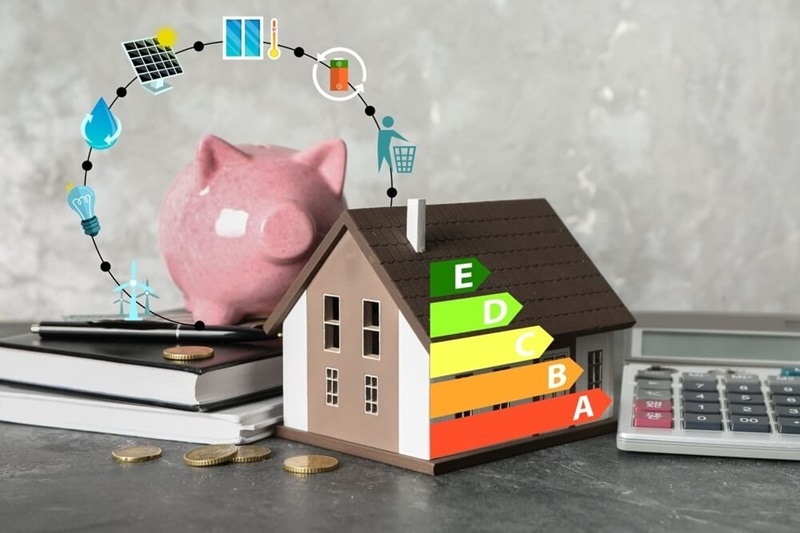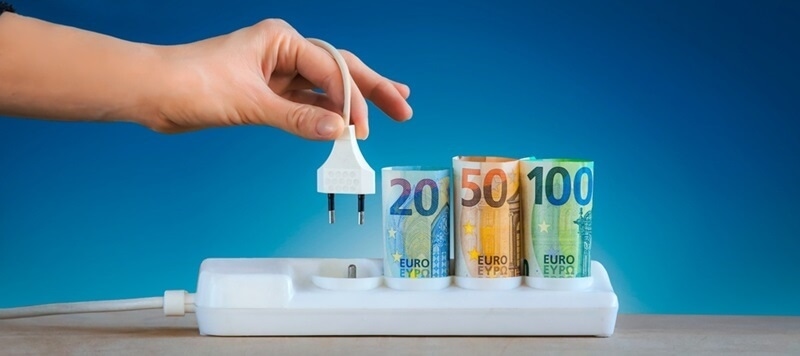
Skyrocketing utility prices are striking American homes harder than ever. From record-breaking electric prices in the summer months to hyped-up heat prices in the winter, families from coast to coast are seeking effective energy-saving strategies to cut utility bills by 30%. Home energy-saving tips, ways to save on water bills, and more are ways to dial down your household budget without sacrificing comfort. This is a guide that will take you through the best ways to cut your energy bill without compromising on comfort.
Utility bills make up most of the family budget. With inflation and volatile energy prices, countless households are witnessing their monthly utility bills inching higher, cutting into savings, and testing financial limits. Cutting utility bills by 30% means saving thousands in a year—money best spent on vacations, investments, or home upgrades.

One of the best home energy savings strategies is to begin with an energy audit. You can either hire a professional or purchase DIY kits which enable you to identify where your home is losing energy. Some common trouble spots are:
Identify them, and once their location is known, they can be addressed step by step to lower utility bills considerably.
Tip: Many of your utility companies provide free or reduced-cost energy audits—ask yours.
If your house is still lit with incandescent or CFL light bulbs, it's time to upgrade. LEDs consume up to 75% less power and last 25 times longer than standard bulbs. Not only do they reduce electricity consumption, but they also emit less heat, lowering your cooling load in the summer.
This easy swap is a big contributor to your goal of lowering utility bills while lighting your house more effectively.
Old appliances might be power guzzlers. Check for Energy Star ratings when replacing:
These models are Energy Star certified to use less water and energy, saving you cutting both water and electric bills. It's an investment in the long run, but the money you save every month is well worth it.
Bonus: Newer appliances also come equipped with newer energy-saving features such as eco-mode and smart scheduling.
Drafty windows and doors allow warm air to escape in winter and heat to enter during summer, making your HVAC system run harder. Weather stripping, caulking, or adding draft stoppers are affordable and efficient winter energy saving tips that keep indoor temperature and reduce energy bills.
This strategy will not only lower your heating bill but also enhance the comfort of your home overall.
If you are still setting your thermostat by hand, you are losing out.Smart or programmable thermostats make it easier for you to control temperature settings, particularly when you're away or sleeping.
This automation contributes to huge home energy-saving tips that earn rewards throughout the year.
Hot water is not always required. Doing laundry using cold water not only minimizes electricity usage but also conserves money on heating water. This practice also prolongs your clothes' lifespan.
Temperature control starts with insulation. Basements and attics are commonly under-insulated and can have a great impact on your energy consumption.
Correct insulation results in your HVAC system operating less, which reduces heating and cooling costs. This is among the best winter energy saving tips for colder areas.
Did you know that many water heaters come pre-programmed at 140°F? That's excessive. Drop the temperature down to 120°F, still having hot water available for everyday use but reducing bills.
Other methods to cut water heater charges:
These water bill reducing strategies save money while advocating for environmentally friendly living.
In warmer months, tap nature to assist in indoor comfort management. Leave the curtains open in the daytime to minimize the use of artificial lights, and ventilate early mornings or late evenings to naturally cool your house.
These summer energy cost-saving tips go a long way in maintaining energy expenses low when demand is at its peak.
Devices such as TVs, game consoles, and microwaves draw "phantom" power even when they are turned off. Smart power strips detect when devices are not in use and automatically turn the power off.
Every little bit adds up over time, and helps to lower utilities on a repeated basis.
Put a rainwater harvesting system in place to reduce the amount of municipal water for:
Installation will involve some work, but the long-term impact it will have on your water bill is substantial.This is among the most environmentally friendly reduced water bill options.
A properly serviced HVAC system operates with efficiency. Dirty filters and leaky ducts make the system work harder, increasing utility bills.
Proper maintenance keeps your heating and cooling systems running at their best, aiding home energy savings tips year-round.
There's no need to heat the whole house, while only a few rooms are being used. With space heaters or zoning systems, you can direct the heat to the areas that need it most during the winter months.
These winter energy savings can contribute to major reductions in your heating bills if used smartly.
Effective landscaping has the ability to cool your indoor space too. Deciduous trees set on the south side of your home provide natural summer cooling and allow the winter sun to penetrate the windows when the leaves have fallen.
Lastly, be mindful of what’s plugged in. Chargers, microwaves, printers, and other electronics still use energy when they are on standby.
Whenever possible, unplugging appliances or, at minimum, plugging together groups of electronics on a master switch, will save money and energy.
Implementing useful energy efficiency hacks to reduce your utility costs by approximately 30% is not a one-time encounter, but a way of life. From learning how to cut energy bills to the best
ways to save on water bills, these opportunities are viable solutions to spend less and follow a sustainable lifestyle.
In summary,
In no time, with some practices and lifestyle tips, you will be able to retain the lifestyle benefits of low bills and efficient, sustainable living.
This content was created by AI